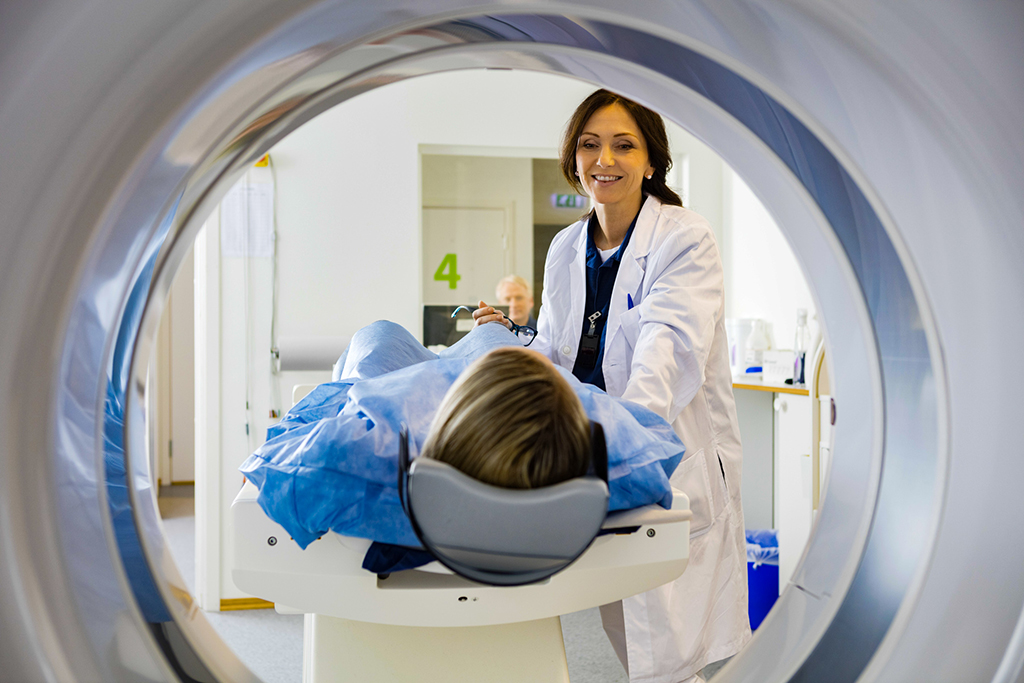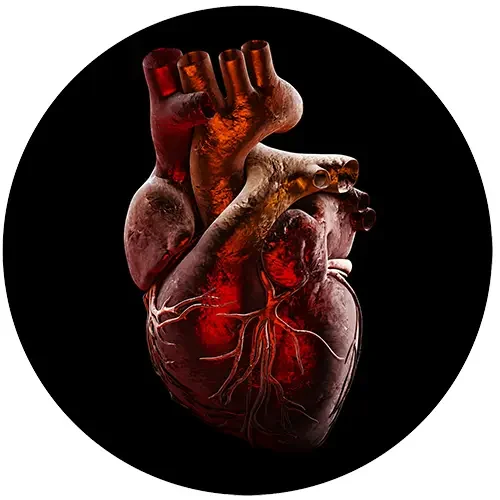Because MRI uses powerful magnets, the presence of metal in your body can be dangerous. Metal might be there from previous injuries or surgery. Even if the metal is not attracted to the magnetic field, it can distort the image produced. Before your MRI you will be asked if you have metal or electronic devices in your body. These include artificial heart valves, an implantable defibrillator (ICD), a pacemaker, and/or an IUD in your body. Some tattoos or permanent makeup can affect the results of your MRI due to metal in the ink. Before you schedule an MRI, tell your doctor if you might be pregnant. The effects of magnetic fields on a developing baby are not clear. Your doctor may recommend postponing the imaging or suggest an alternative exam. You may receive a contrast material during the procedure; be sure to tell your doctor if you are breast-feeding as this may be dangerous to your child. Also discuss kidney or liver problems because it may be best to limit the use of the contrast agents during your MRI.
You can eat normally and take your usual medications before the exam unless told not to. You will be asked to change into a gown and remove items containing metal. These include jewelry, dentures, glasses, wigs, underwire bras, hearing aids, and metal-containing cosmetics. Do not bring credit or debit cards, or electronic devices into the MRI room because the machine might damage them.
A cardiac MRI usually takes at least 30 minutes and may take more than an hour. You will be asked to lie down on a movable table that slides into the opening of the MRI machine. The machine is a long tube. A technician will monitor you from another room and you can communicate via microphone. If you are claustrophobic you may be given a drug to help you feel less anxious. It is often a good idea to keep your eyes closed for the entire MRI even if you are not claustrophobic. You may be given earplugs or have music playing to block the noise of the machine. While the test is going on, you must remain still. This procedure is painless and you will not feel the magnetic field or radio waves.
If you were not given a sedative, you can resume your activities after the scan. If you were given a sedative, you may have to stay at the MRI center until its effects wear off, and you will need someone to drive you home. A radiologist will analyze the images from your scan and report findings to your doctor. Your doctor will then discuss the results with you.










